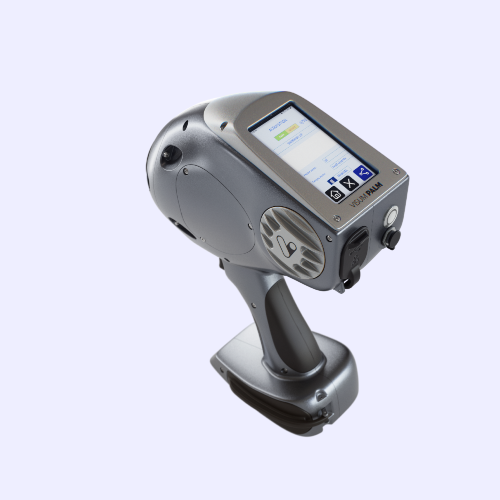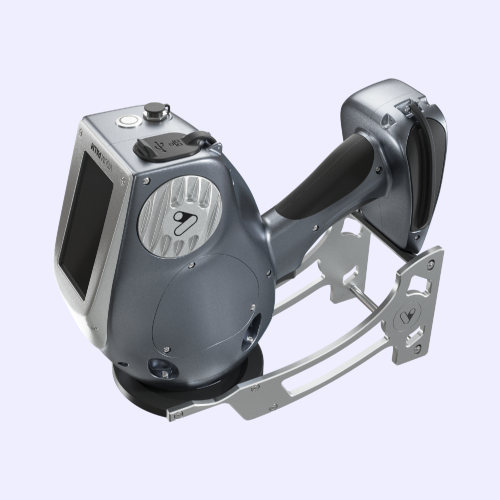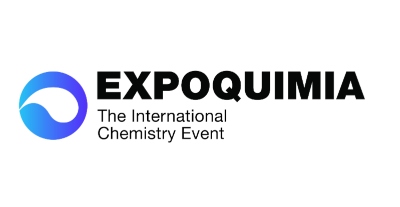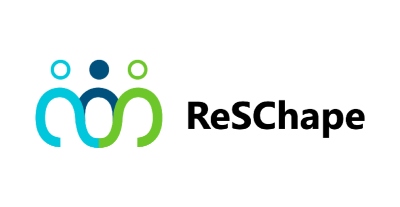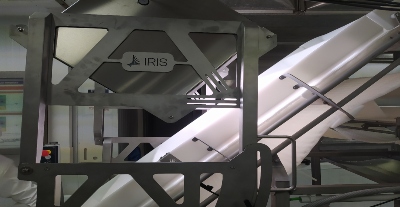
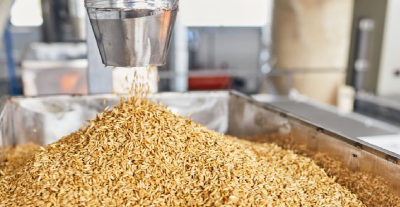 Real-time NIR grain analysis
Real-time NIR grain analysis
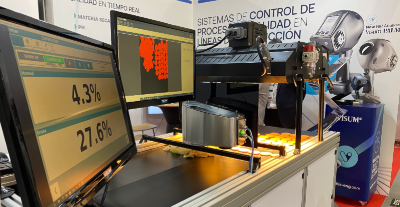 IRIS Technology Solutions at Alimentaria FoodTech 2023
IRIS Technology Solutions at Alimentaria FoodTech 2023

Plastic identification, verification and classification using Visum Palm™
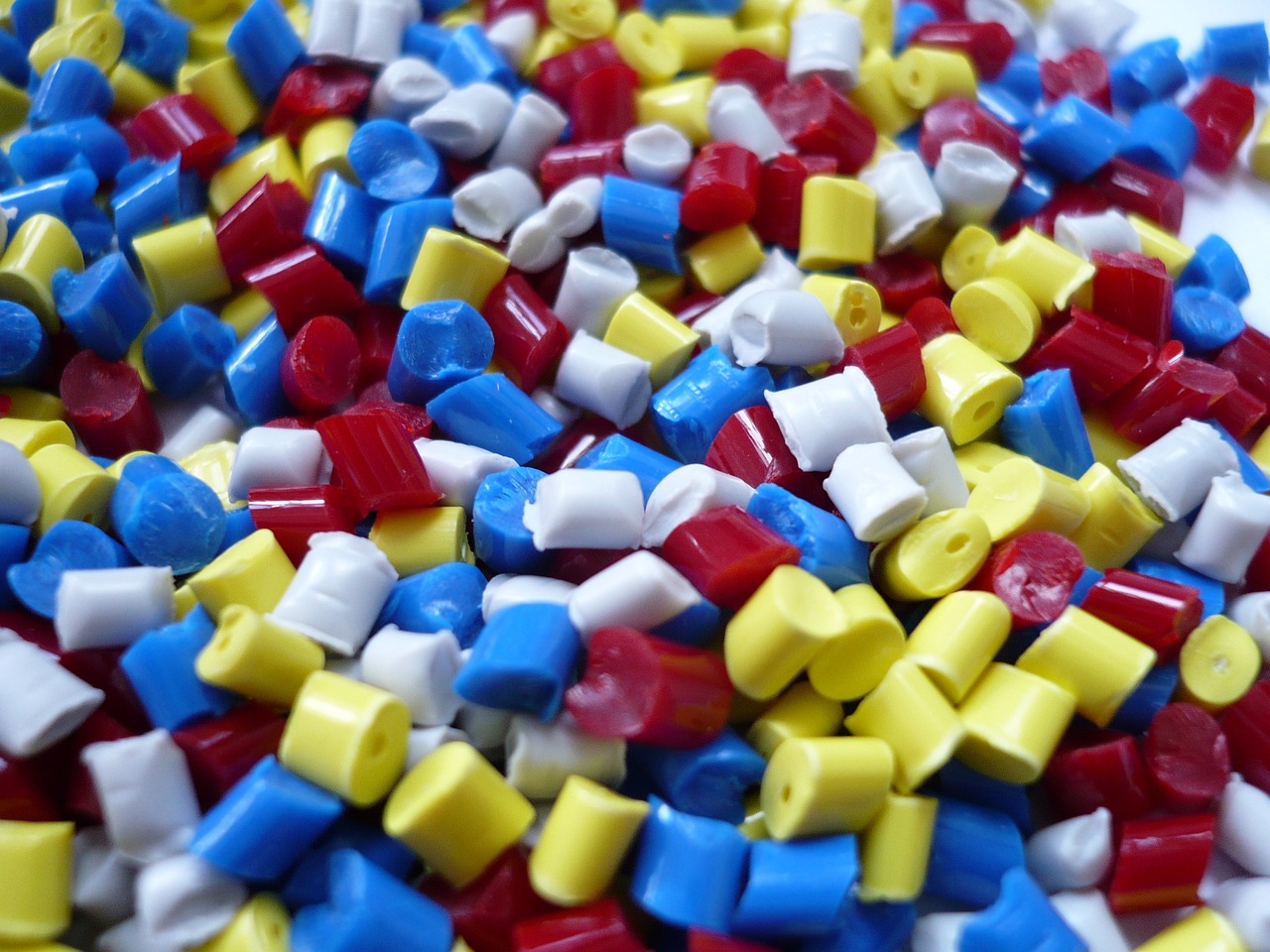
Plastic identification, verification and classification using Visum Palm™
In this article we will address the problem of classification and plastic identification using the Visum Palm™ handheld NIR analyser as an agile, real-time and non-destructive technique useful in different processes, whether in the recycling of post-industrial plastic, in the analysis and classification of post-consumer plastic, in the identification of polymeric raw materials for their industrialisation, or even in areas of research and development of new plastic.
In all these cases, near infrared spectroscopy is presented as a valuable tool used for the characterisation of plastic compared to traditional methods of analysis.
Identification and sorting is important in plastic recycling and in manufacturing when using recycled plastic, as in both cases it must be ensured that the plastic materials are as pure and clean as possible because low levels of impurities can significantly affect the quality and performance of a recycled batch.
Although there are several portable NIR analyzers on the market, it is important to consider the spectral range that the equipment works with, the size of the measurement area (spectrum acquisition) and the spectral resolution (the quality of the spectrum obtained). The new Visum Palm™ analyser has a measuring area of 10 mm diameter, operates in the spectral range 900-1700 nm with a resolution of only 3 nm (↓ nm = ↑ spectral resolution). It is a self-contained device with an embedded computer and touchscreen and therefore does not need to be connected to a computer or smartphone to work with it.
The new Visum Palm™, which includes a polymers library, allows readings and determinations to be made at the line without the need for sample preparation in less than 3 seconds. It is also possible to use it as a laboratory device as it has a support base that allows the attachment of different sample holders for the analysis of pellets, flakes or plastic up to 2 mm.
The factory library included in the analyser has the following classes: PMMA, PE, PC, PETG, EVA, PVC, PET, PU, PS, ABS, PA, PP, VIN, PLA, PBT, PMP, POMC, PPS, PVA, PPSU, EMA, PHBV, PAEK, PBAT, PBS, TPES, TPS, MABS, HIPS, MBS, SBC, PCL, PEEK, PHB, SAN, PI, PB.
Extend and develop your own library with Visum Master™
Visum Master™ is a computer software that allows the end user to create, extend and strengthen their own identification, classification and quantification methods or libraries without the need for a specialist or technical knowledge of spectroscopy, making the analyser a truly open system to meet present and future analysis needs (new polymer classes, new suppliers, etc.).
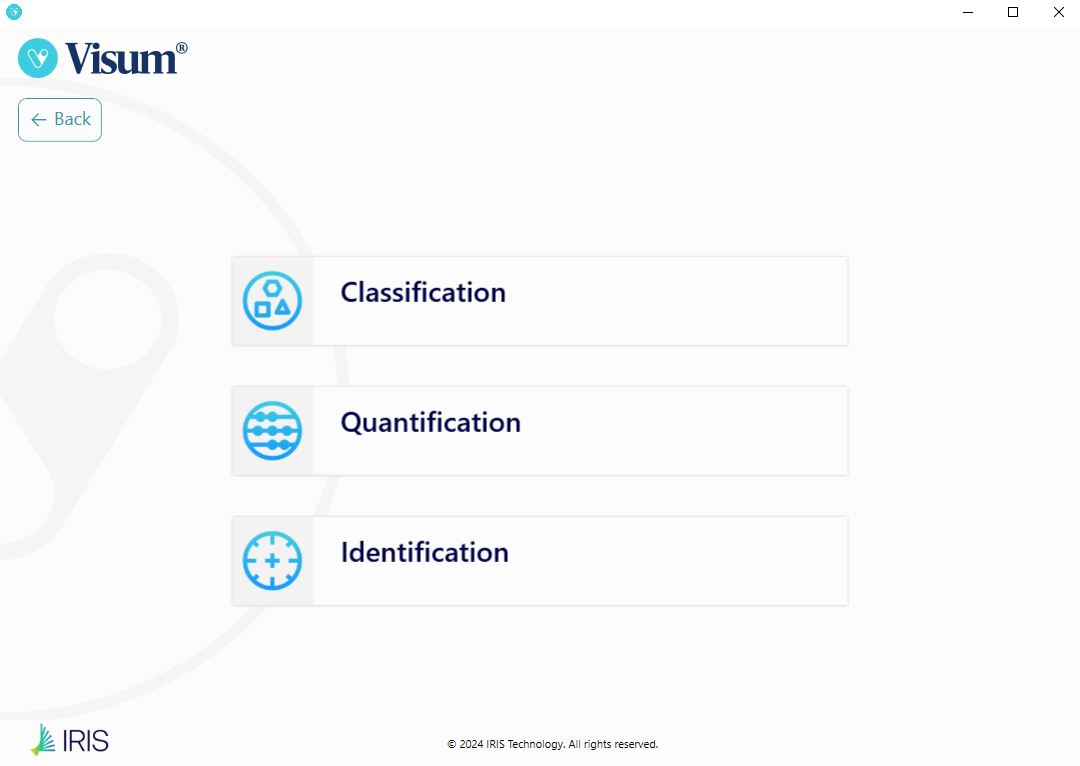
As shown below, it is possible to incorporate spectra of new samples within an existing class or to incorporate new classes and thus keep the library as robust and up-to-date as possible in order to be able to classify or identify plastic.
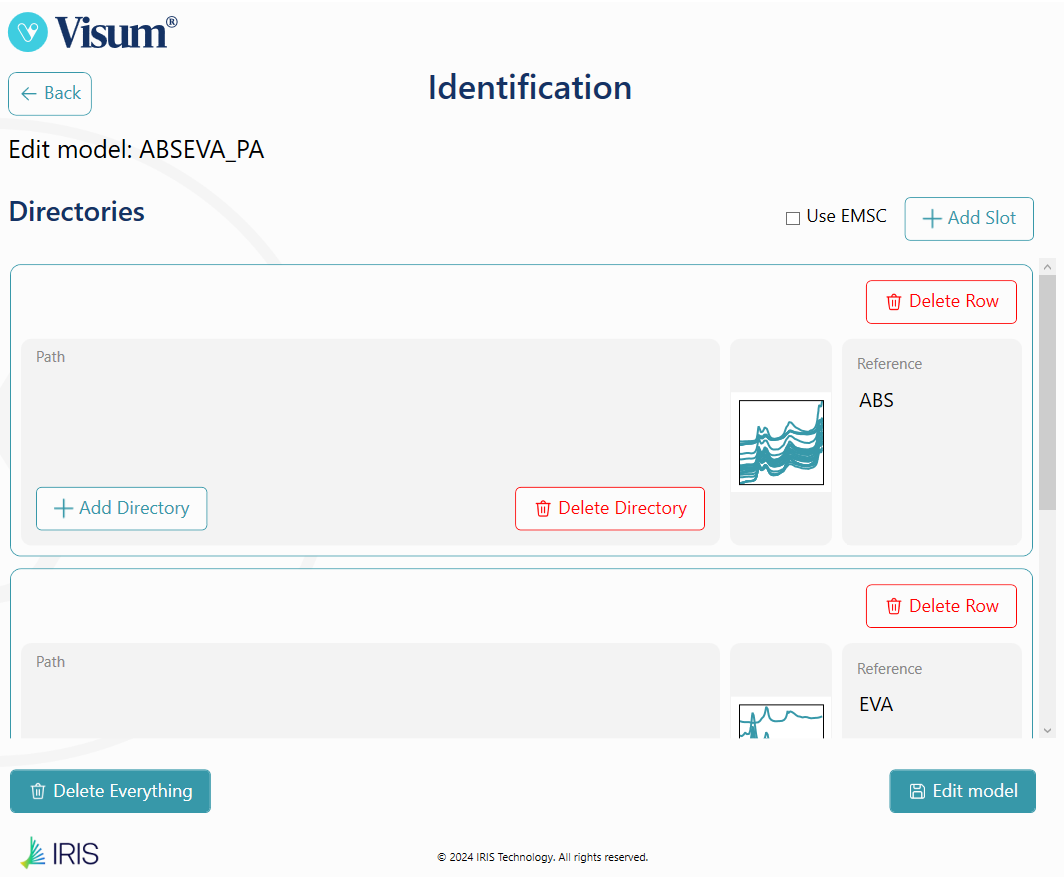
Plastic identification
It is a working method that allows the plastic identification analysed within the library available in the analyser. The result obtained, as can be seen below, is the type of polymer with the highest similarity and the following (from highest to lowest similarity).
Image 1: Visum Palm™ screen performing plastic identification
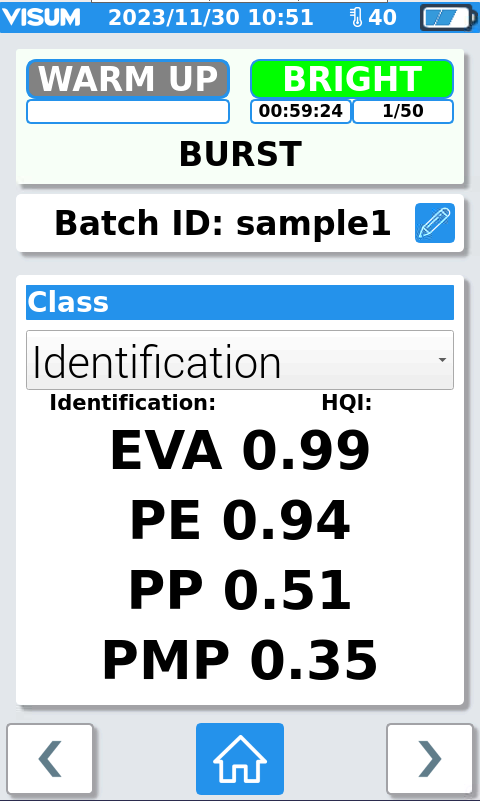
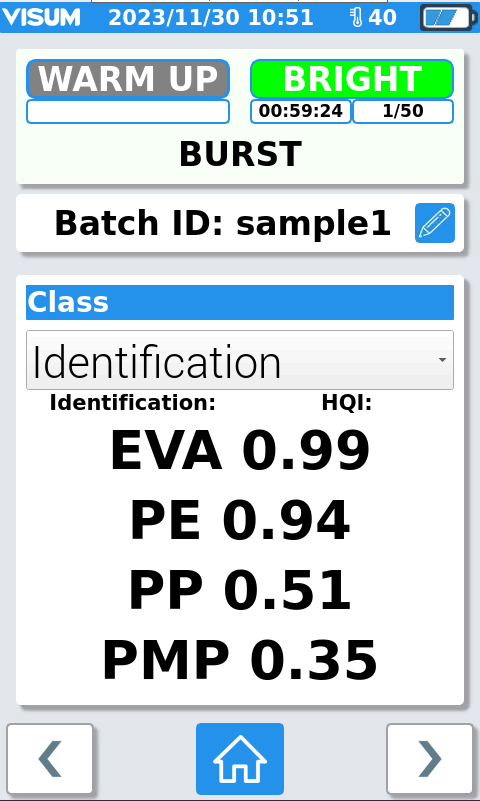
Polymer Verification
As with plastic identification, it is based on a mathematical procedure of similarity but it allows choosing a type of material to be analysed within the identification library to confirm its identity. The result of the verification analysis is PASS / FAIL. In case of a negative result (FAIL), it provides the class corresponding to the type of plastic analysed. Both cases are shown below.
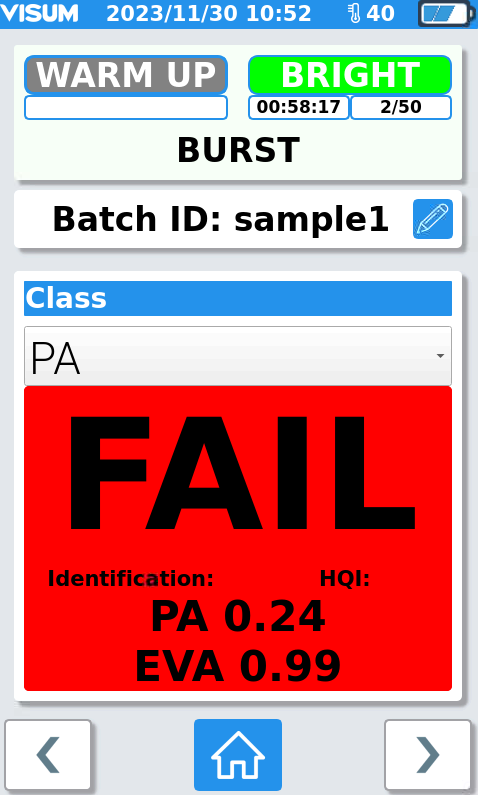
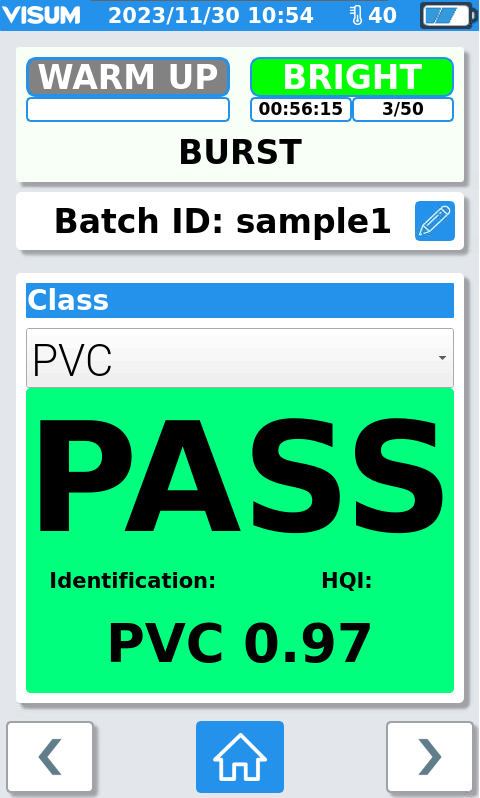
Plastic classification
In contrast to plastic identification analysis, classification uses machine learning algorithms to accurately analyse and classify samples that are spectrally very similar to each other, where a double check is necessary to determine the polymer class (PET/PETG, for example). Through the Visum Master™ software, the user can create his own classification libraries for the most problematic cases.
As a result of the analysis, the user obtains the corresponding class.
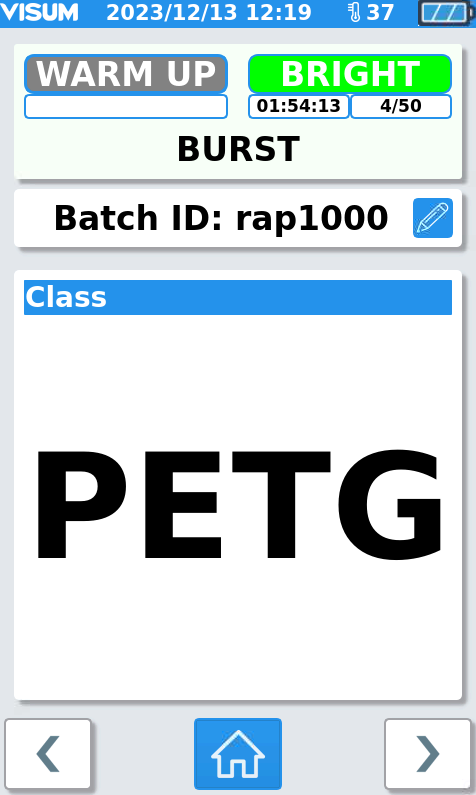
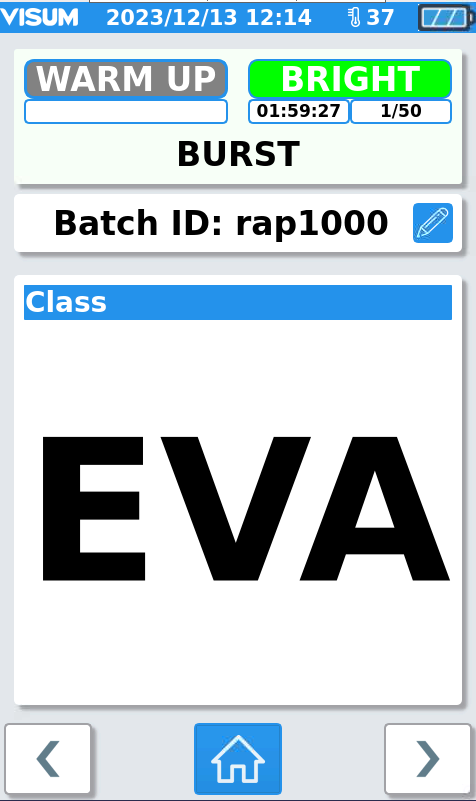
In conclusion, NIR spectroscopy is a very valuable and effective tool for plastic identification or classification and, although not covered in this article, it is also useful for manufacturers of plastic and new formulations to quantify blends. The open nature of the analyser through the Visum Master™ software makes the Visum Palm™ analyser an open, self-contained system that can continuously introduce new samples, spectra and generate different libraries without the need for a specialist.
